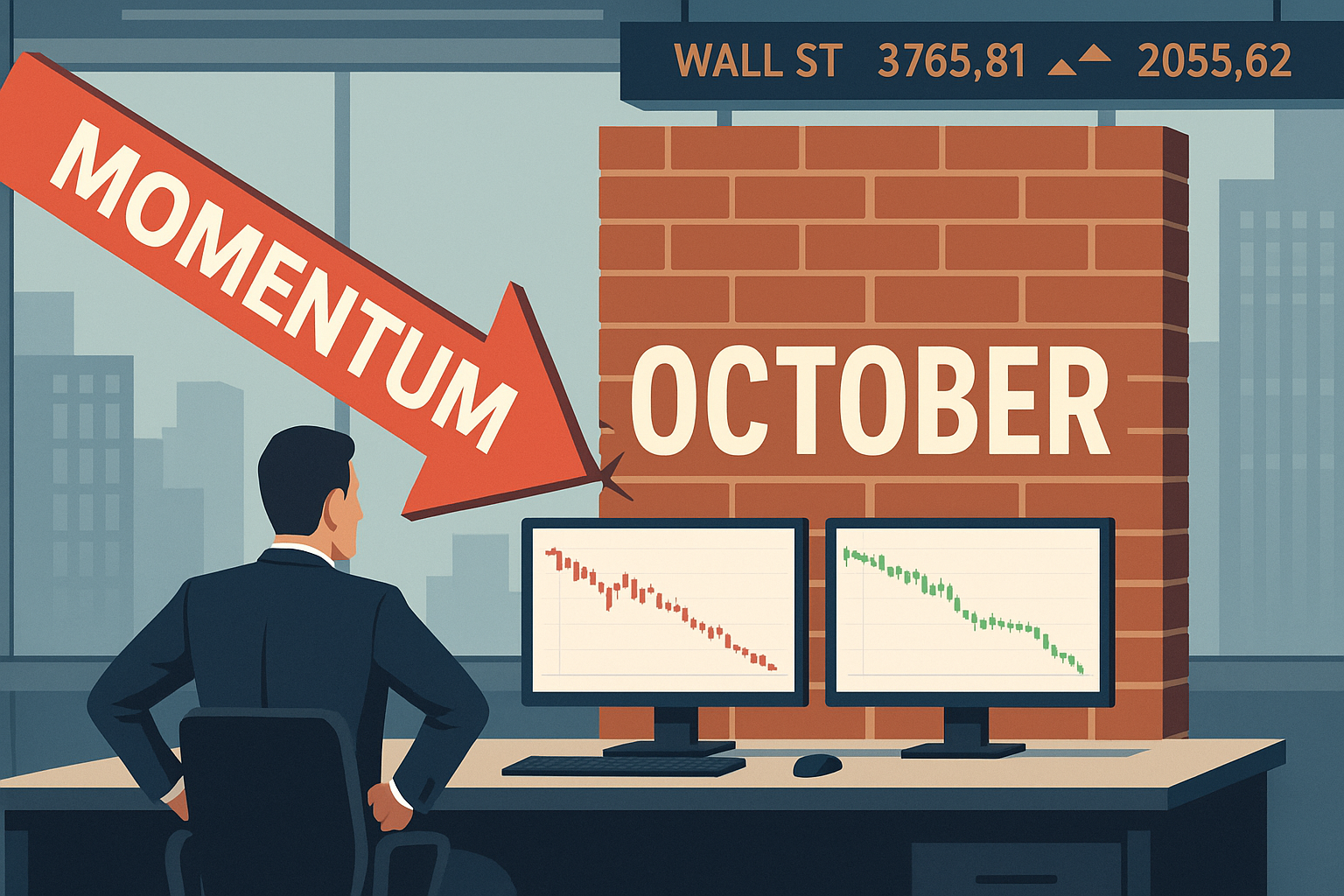It's been a rough month for the math wizards of Wall Street.
After cruising through most of 2024 with their algorithms purring like well-tuned engines, quantitative fund managers have slammed into what industry types are politely calling a "factor rotation." Let's be real though—they're getting their spreadsheets handed to them as momentum trades implode spectacularly.
The damage? A 1.7% decline this month for quant funds overall. Doesn't sound catastrophic until you realize these are the folks who measure outperformance in basis points and consider a half-percent drawdown cause for emergency meetings.
I've watched these cycles play out for years, and there's always something darkly satisfying about momentum strategies unraveling. The approach—essentially "buy what's already going up and sell what's going down"—works brilliantly until the moment it doesn't. October has become that moment.
The quant universe operates in this strange ecosystem of "factors"—statistical patterns like momentum, quality, value, and low volatility that supposedly predict which stocks will outperform. For most of this year, the momentum trade has been their bread and butter, with AI-related stocks, European banks, and gold all delivering the goods.
But here's the thing about momentum that nobody likes to acknowledge: it's just financial autopilot with a fancy math wrapper. When the pattern breaks (and it always does), things get ugly in a hurry.
What's particularly fascinating about this unwind (if you're not personally losing money on it) is how it's dragging down multiple factor strategies simultaneously. Not just momentum, but supposedly "safer" factors like quality and low volatility are taking hits too.
Why? Central bank policy shifts, most likely. As expectations for rate cuts solidify, investors start getting frisky about riskier assets. They're eyeing companies with shakier fundamentals—more debt, cyclical exposure, speculative prospects—the financial equivalent of texting your ex at 2 a.m. because, hey, the Fed's lowering rates!
(I should note I've spoken with several quant managers this week who insist this is just a temporary hiccup. They all said that. They always say that.)
The deeper irony here is how these quantitative strategies, designed to be coldly rational and systematic, end up creating their own market dynamics. When billions flow into momentum or quality factors, those factors themselves become crowded trades. Success breeds imitation until the trade collapses under its own weight.
We've seen this movie before. The "quant quake" of August 2007 saw supposedly uncorrelated strategies suddenly moving in lockstep as models broke down. Models that, statistically speaking, should fail once every few billion years seem to implode with remarkable regularity.
There's something almost... human about it all. Despite the fancy math and the supercomputers, quants find themselves vulnerable to one of the oldest market patterns: crowd psychology. They pile in together, and they get slaughtered together.
Look, as central banks pivot toward easing, expect more of these factor rotations. Yesterday's algorithmic darlings will become tomorrow's computational deadweight. The quants will adapt—they're nothing if not flexible with their models—but October has delivered a humbling reminder that sometimes, momentum just means you're accelerating toward a brick wall.
And Wall Street's math department is currently picking brick fragments out of their algorithms.
